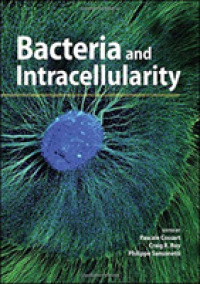- ホーム
- > 洋書
- > 英文書
- > History / World
Full Description
Asia Minor is considered to have been a fairly prosperous region in Late Antiquity. It was rarely disturbed by external invasions and remained largely untouched by the continuous Roman-Persian conflict until very late in the period, was apparently well connected to the flourishing Mediterranean economy and, as the region closest to Constantinople, is assumed to have played an important part in the provisioning of the imperial capital and the imperial armies. When exactly this prosperity came to an end - the late sixth century, the early, middle or even later seventh century - remains a matter of debate. Likewise, the impact of factors such as the dust veil event of 536, the impact of the bubonic plague that made its first appearance in AD 541/542, the costs and consequences of Justinian's wars, the Persian attacks of the early seventh century and, eventually the Arab incursions of around the middle of the seventh century, remains controversial. This volume explores a series of themes including the physical development of large and small settlements, their financial situation, and the proportion of public and private investment. Imperial, provincial, and local initiatives in city and countryside are compared and the main motivations examined, including civic or personal pride, military incentives and religious stimuli. The evidence presented will be used to form opinions on the impact of the plague on living circumstances in the sixth century and to evaluate the significance of the Justinianic period.
Contents
Chapter 1. Introduction
Chapter 2. A change of appearance. Urban housing in Asia Minor during the sixth century
Inge Uytterhoeven
Chapter 3. Pagan-mythological statuary in sixth-century Asia Minor
Ine Jacobs
Chapter 4. Sixth-century Asia Minor through the lens of hagiography: ecclesiastical power and institutions in city and countryside
Efthymios Rizos
Chapter 5. Studying Asia Minor in the sixth century. Methodological considerations for an economic analysis
Kristina Terpoy
Chapter 6. Forgotten borderlands. Northeastern Anatolia in the sixth century and its potential for frontier studies
Emanuele E. Intagliata
Chapter 7. The countryside in southern Asia Minor in the long sixth century
Hugh Elton
Chapter 8. The cities of southern Asia Minor in the sixth century
Angela Commito
Chapter 9. Aspects of sixth-century urbanism in western Asia Minor
Hugh Jeffery
Chapter 10. Constantinople in the long sixth century
James Crow
Chapter 11. Industrial agriculture, intensification and collapse in Sinope and its territory during the late Roman/early Byzantine periods
Owen Doonan
Chapter 12. Aphrodisias in the long sixth century
Andrew Wilson
Chapter 13. The glorious sixth century in Assos. The unknown prosperity of a provincial city in western Asia Minor
Beate Böhlendorf-Arslan








